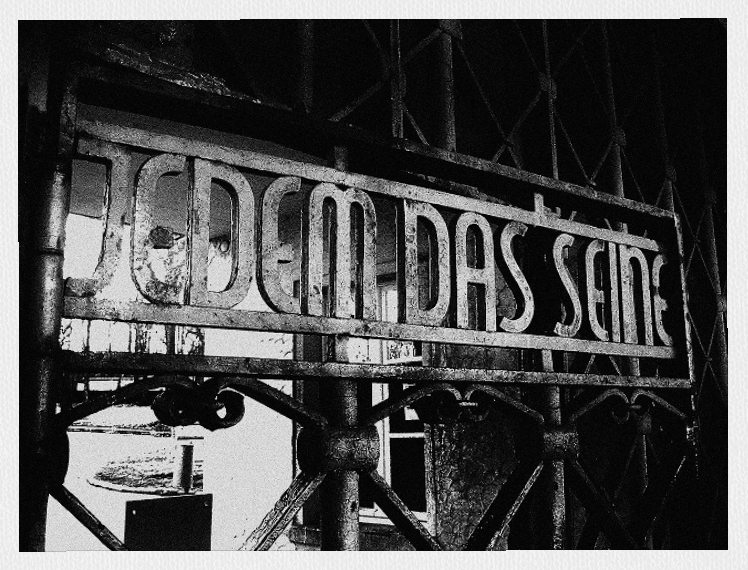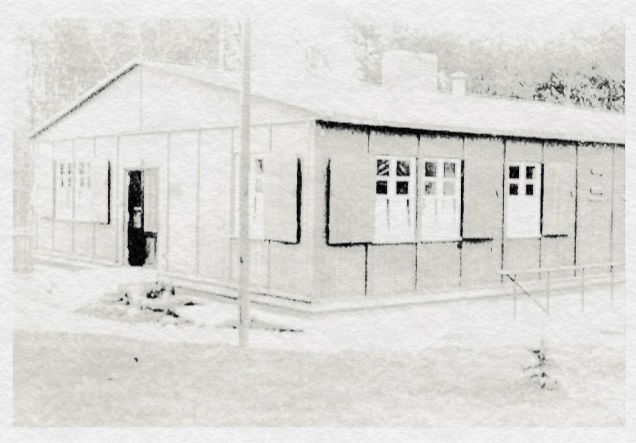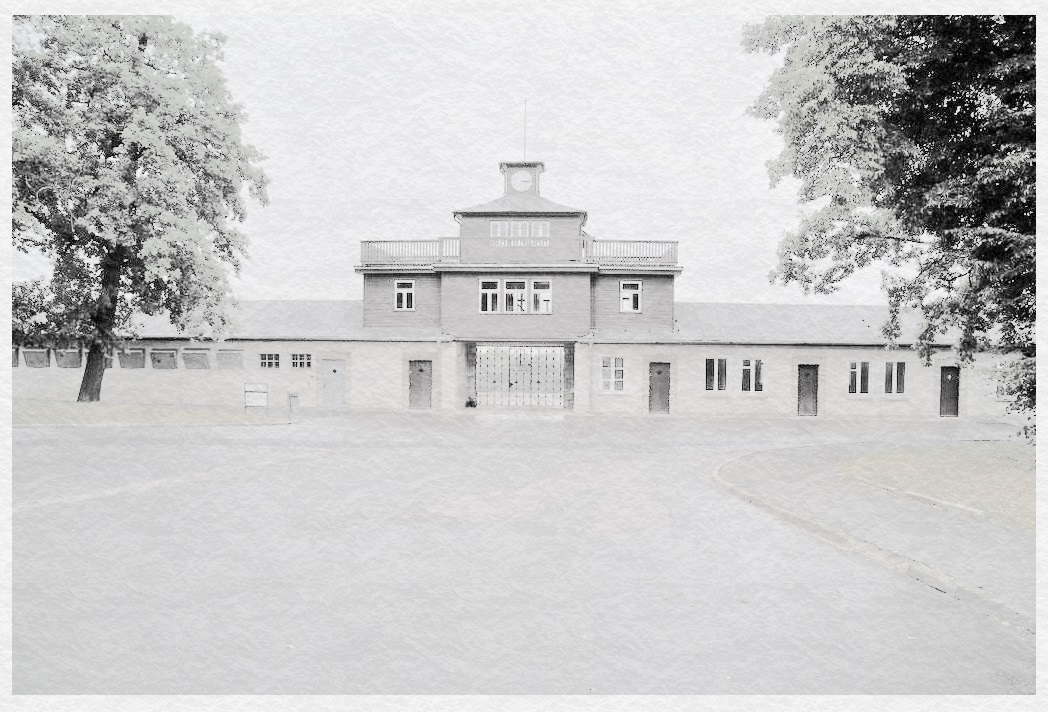Buchenwald concentration camp
Contents
- 1 Quote
- 2 Appearance
- 3 Climate
- 4 Districts
- 5 Economy
- 6 Geography
- 7 History
- 8 Population
- 9 Arenas
- 10 Attractions
- 11 Bars and Clubs
- 12 Brothel
- 13 Cemeteries
- 14 Overlords
- 15 Crime
- 16 Current Events
- 17 Fortifications
- 18 Galleries
- 19 Holy Ground
- 20 Hospitals
- 21 Hotels & Hostels
- 22 Inmates
- 23 Kinobaracke (cinema)
- 24 Landmarks
- 25 Maps
- 26 Monuments
- 27 Museums
- 28 Private Residences
- 29 Restaurants
- 30 Ruins
- 31 Schools
- 32 Stables
- 33 Telecommunications
- 34 Theaters
- 35 Transportation
- 36 Specters
- 37 Websites
- 38 Errata
Quote

"Jedem das Seine" is a German proverb meaning "to each his own" or "to each what he deserves." Used as it was by the Nazis, the inmates could only read this slogan once they were trapped inside the camp and the gate to freedom has clanged shut.
Appearance
Climate
Districts
Economy
Geography
History
Population
Zero - living.
Arenas
Attractions
Bars and Clubs
Brothel

In World War II, Nazi Germany established brothels in the concentration camps (Lagerbordell) to create an incentive for prisoners to collaborate, although these institutions were used mostly by Kapos, "prisoner functionaries" and the criminal element, because regular inmates, penniless and emaciated, were usually too debilitated and wary of exposure to SS schemes. In the end, the camp brothels did not produce any noticeable increase in the prisoners’ work productivity levels, but instead, created a market for coupons among the camp VIPs. The women forced into these brothels came mainly from the Ravensbrück concentration camp, except for Auschwitz, which employed its own prisoners. In combination with the German military brothels in World War II, it is estimated that at least 34,140 female inmates were forced to serve as prostitutes during the Third Reich.
The camp brothels were usually built as barracks surrounded by a barbed-wire fence, with small individual rooms for up to 20 women prisoners, controlled by a female overseer (Aufseherin). The sex workers were replaced frequently due to exhaustion and illness, and were usually sent away to their deaths later. The brothels were open only in the evenings. No Jewish male prisoners were allowed as patrons. Those with access to the customer lineup (Aryan VIPs only), had to sign up for a specific day and pay two reichsmarks for a 20-minute "service" based on a predetermined schedule. The prostitutes were matched with their clients by an SS-man. The market for the "prize-coupons" was routinely cornered by the common criminals who wore the green triangles (hence the "green men" denomination). There is evidence (somewhat controversial) that in some of the brothels, women might have had tattoos inscribed on their chests saying "Feld-Hure" (Field Whore). Some of them underwent forced sterilizations as well as forced abortions, often resulting in death.
Cemeteries
Overlords
Crime
Current Events
Fortifications
Galleries
Holy Ground
Hospitals
Hotels & Hostels
Inmates
- -- [[2]] -- Segregation based on color and shape of badge.
Kinobaracke (cinema)
Cinema (Kinobaracke), where from 1941 - 1943 lectures were held and old films screened for the benefit of the camp's staff, also used as a place of torture and punishment for inmates.
Landmarks
Maps
Monuments
Museums
Private Residences
Restaurants
Ruins
Schools
Stables
[[]]
[[]]
[[]]
Telecommunications
Theaters
Transportation
Specters
- -- Ilse Koch -- Die Hexe von Buchenwald (The Bitch of Buchenwald)
Websites
http://en.wikipedia.org/wiki/Buchenwald_concentration_camp
http://picsbox.biz/key/buchenwald
http://en.wikipedia.org/wiki/Female_guards_in_Nazi_concentration_camps
http://blogs.reuters.com/photographers-blog/2013/04/16/kz-two-letters-literally-hell/
Errata
